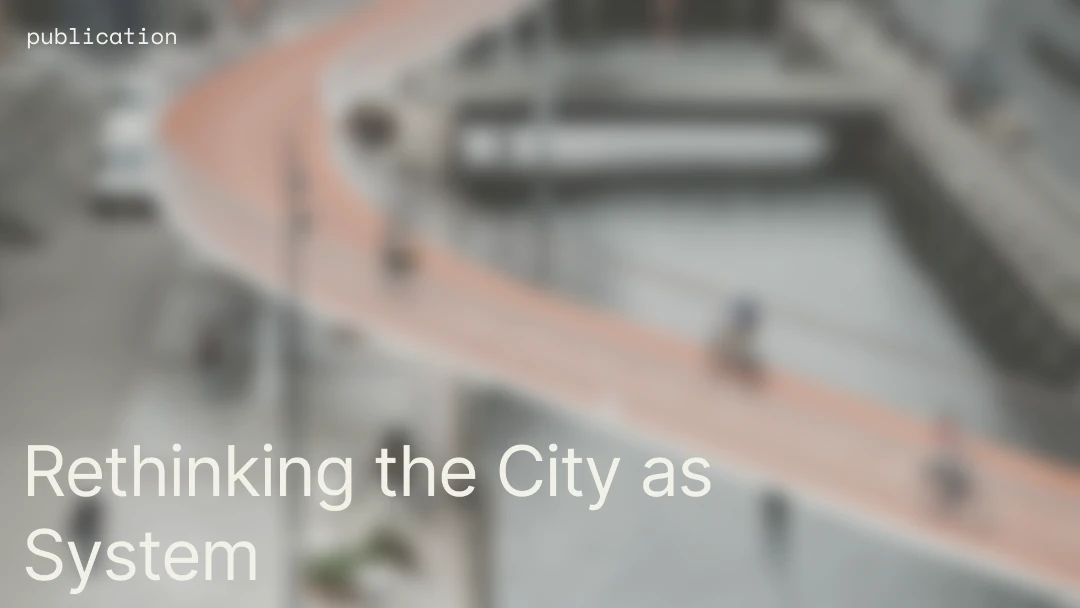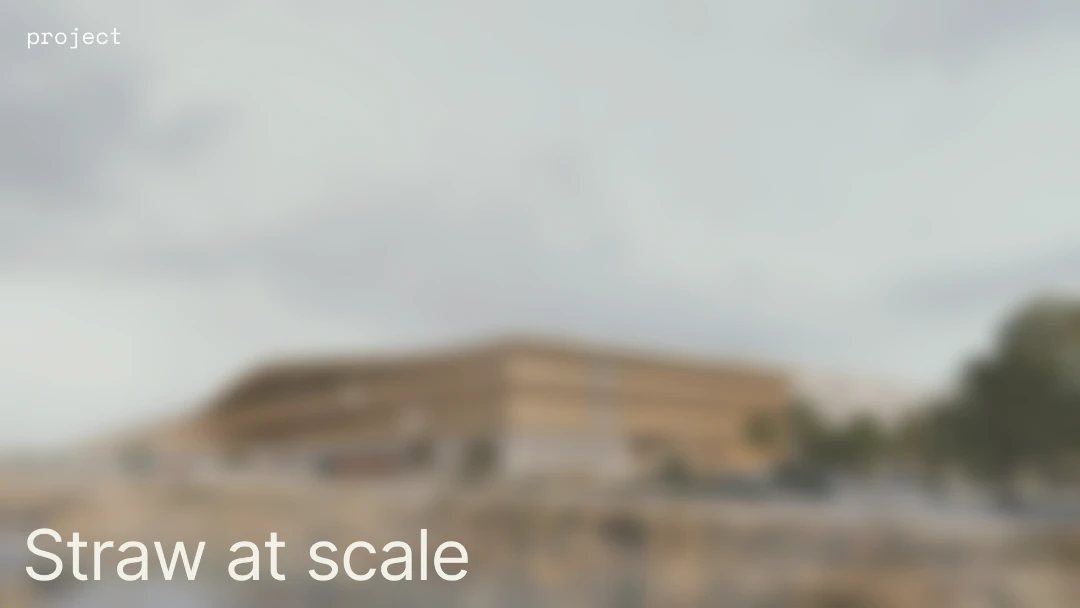
The future of material innovation lies in viewing waste as a resource rather than a burden. As the construction industry faces increasing pressure to reduce its environmental footprint, designers and material scientists are exploring alternatives that minimise waste, use locally available resources, and offer biodegradable end-of-life solutions. One such innovation comes from Caracara Collective, a design studio transforming organic waste into functional materials. Their work showcases the potential of biomaterials to replace traditional materials while reducing reliance on virgin resources.
Caracara Collective uses a 100% organic binder to turn organic waste, such as orange peel and pine needles, into durable, mouldable materials for applications like lampshades, tiles, and furniture. These materials are fully biodegradable, reducing end-of-life concerns often associated with traditional building materials. The versatility of their materials allows for multiple fabrication techniques, including compression and extrusion moulding, 3D printing, hand shaping, machining, laser cutting, and dyeing.
A notable example of their work is the 'Reclaim' lampshade range, crafted from orange peel and pine needles. The orange peel is sourced from local supermarkets' juice machines, addressing the substantial waste generated by the global juice industry, which produces approximately 24 million tonnes of orange peel annually. Each lampshade requires the peel of about 20 squeezed oranges—the by-product of someone consuming two litres of orange juice.

The pine needles used are collected from discarded Christmas trees, with an average-sized tree providing enough needles to create around 12 lampshades. By repurposing these materials, Caracara Collective not only diverts waste from landfills but also offers a biodegradable alternative to conventional products. Their creations can be composted or broken down to make new items, promoting a circular lifecycle.
Caracara Collective is also collaborating with Biohm, a London-based research and development company focused on sustainable construction materials. Biohm’s philosophy is to let nature lead innovation, creating materials that benefit human health, the environment, and the economy.
Caracara’s partnership with Biohm began in 2017, when founder Aleksi met Biohm’s founder Ehab Sayed while exhibiting his materials made from orange peel and mycelium. This collaboration led to new developments in bio-based materials, particularly in construction applications.

Mycelium, the root structure of fungi, has shown promising potential as a biodegradable construction material. Through their collaboration with Biohm, Caracara Collective has worked on projects showcasing mycelium-based insulation panels, acoustic wall panels, and even experimental mycelium lighting fixtures. Mycelium-based materials are lightweight, naturally fire-resistant, and can be grown using organic waste such as wood chips, straw, and cardboard.
One key artwork, Triagomy, demonstrates how peel-based materials can be used aesthetically, mimicking ceramic tiling while referencing Biohm’s radical modular construction system. Another innovative material, Orb (Organic Refuse Biocompound), is a 100% biodegradable, vegan material made from food waste like tea leaves and coffee grounds, which can be used for interior tiles and other architectural elements.
Biohm’s commitment to circularity and regenerative design aligns with Caracara Collective’s mission of rethinking waste and finding practical applications for organic-based construction materials.
As the demand for material transparency and environmental responsibility grows, platforms like revalu can help industry professionals explore and compare emerging materials like biomaterials. If products such as Caracara Collective’s lampshades, Biohm’s mycelium insulation panels, and Orb tiles were to obtain Environmental Product Declarations (EPDs), they could be evaluated alongside conventional materials to assess their real impact on embodied carbon, durability, and life cycle performance. By integrating data-driven insights, revalu can support architects, consultants, and contractors in making informed choices about the materials they use, ensuring a shift towards lower-impact construction.




























